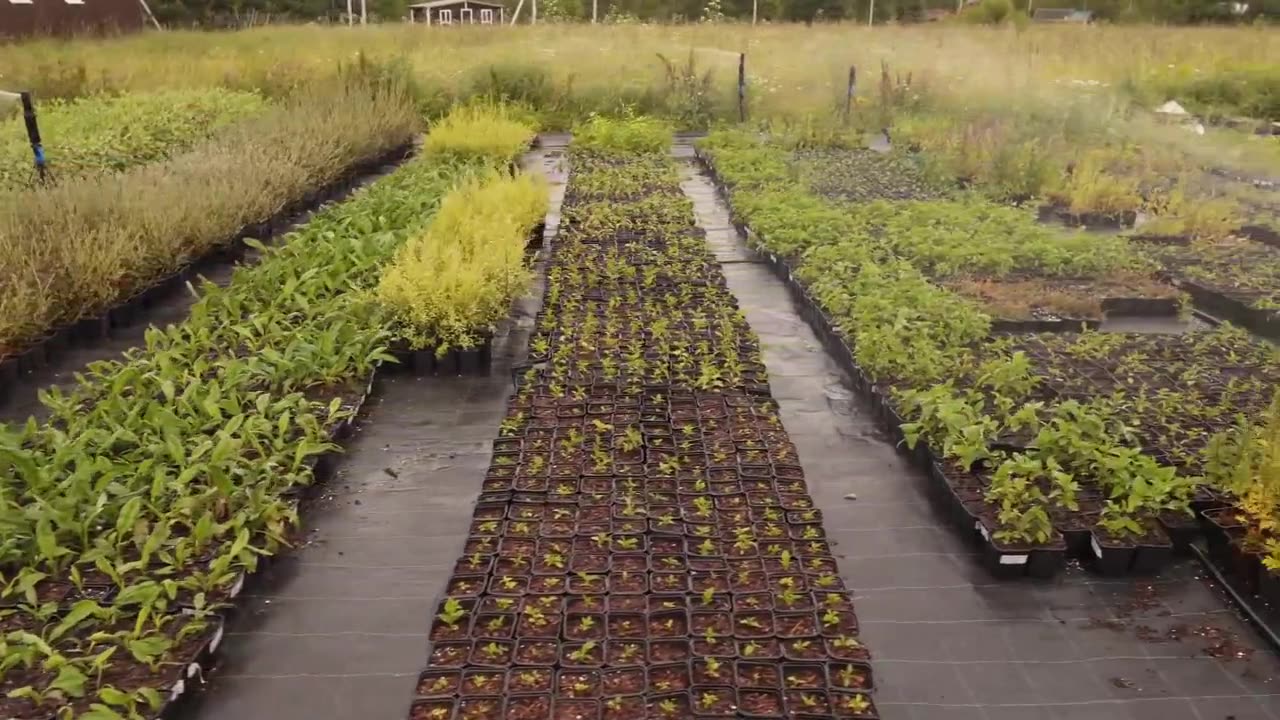Premium Only Content

Engineering the Super Plants of Tomorrow: The Key Lies in Circadian Rhythms
Recent research reveals that plants employ their internal circadian rhythms to adapt to fluctuations in water availability and salt levels, presenting a novel strategy for developing crops that can withstand drought conditions.
Climate change is currently impacting agricultural productivity and could eventually pose a considerable risk to global food security. Developing crops that are more resilient, capable of withstanding conditions such as drought or elevated soil salinity, is becoming an urgent need.
A new study from the Keck School of Medicine of USC, funded in part by the National Institutes of Health, reveals details about how plants regulate their responses to stress that may prove crucial to those efforts. Researchers found that plants use their circadian clocks to respond to changes in external water and salt levels throughout the day. That same circuitry—an elegant feedback loop controlled by a protein known as ABF3—also helps plants adapt to extreme conditions such as drought. The results were recently published in the journal Proceedings of the National Academy of Sciences.
-
 LIVE
LIVE
The Rubin Report
2 hours agoDave Rubin Can’t Believe This Happened While He Was Off the Grid | Jillian Michaels Guest-Hosts
2,310 watching -
 LIVE
LIVE
Rebel News
58 minutes agoFather killed in home invasion, Predator targets toddler, Who's destroying Canada? | Rebel Roundup
337 watching -
 UPCOMING
UPCOMING
TheAlecLaceShow
1 hour agoTrump Health Hoax | Warp Speed Truth | UK Protests | Guest: Sheriff Mack | The Alec Lace Show
39 -
 LIVE
LIVE
The Mel K Show
2 hours agoMORNINGS WITH MEL K - Liberty, Privacy, Sovereignty & Justice: The Battle Ahead 9-2-25
1,051 watching -
 18:52
18:52
Colion Noir
2 days agoCourt Rules You Don't Need AR-15s For Self Defense, Mayor's Message If You Love Kids Ban AR-15s
40.3K151 -
 LIVE
LIVE
The Shannon Joy Show
1 hour agoKicking And Screaming … Trump FINALLY Admits Operation Warp Speed MAY Have Been A Complete Failure
254 watching -
 35:04
35:04
Grant Stinchfield
1 hour agoCOVID VAX SECRETS: BIG PHARMA PANICS AS TRUMP DEMANDS THE TRUTH!
7951 -
 LIVE
LIVE
LFA TV
7 hours agoLFA TV ALL DAY STREAM - TUESDAY 9/2/25
4,538 watching -
 1:01:26
1:01:26
VINCE
4 hours agoShockwaves in the Swamp Over Trump's Latest Move | Episode 116 - 09/02/25
187K152 -
 1:56:57
1:56:57
Badlands Media
11 hours agoBadlands Daily: September 2, 2025
54.5K11